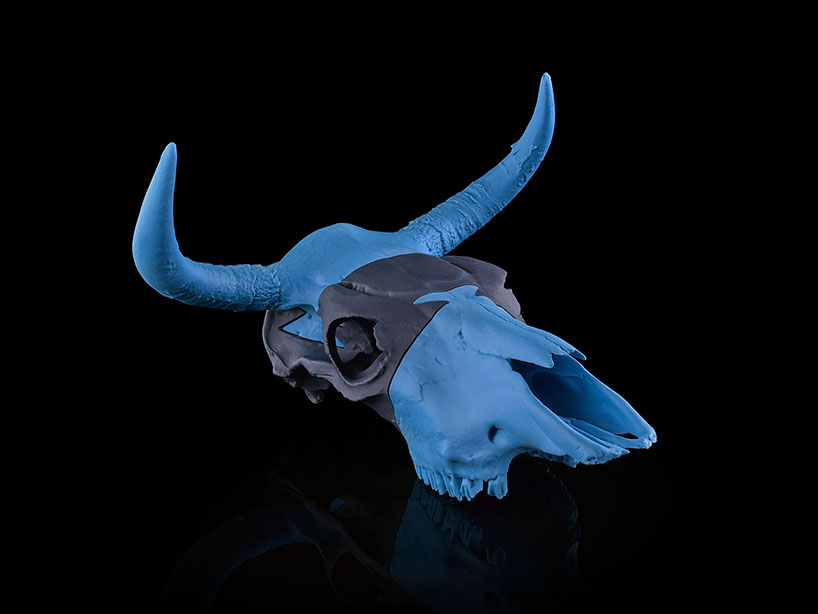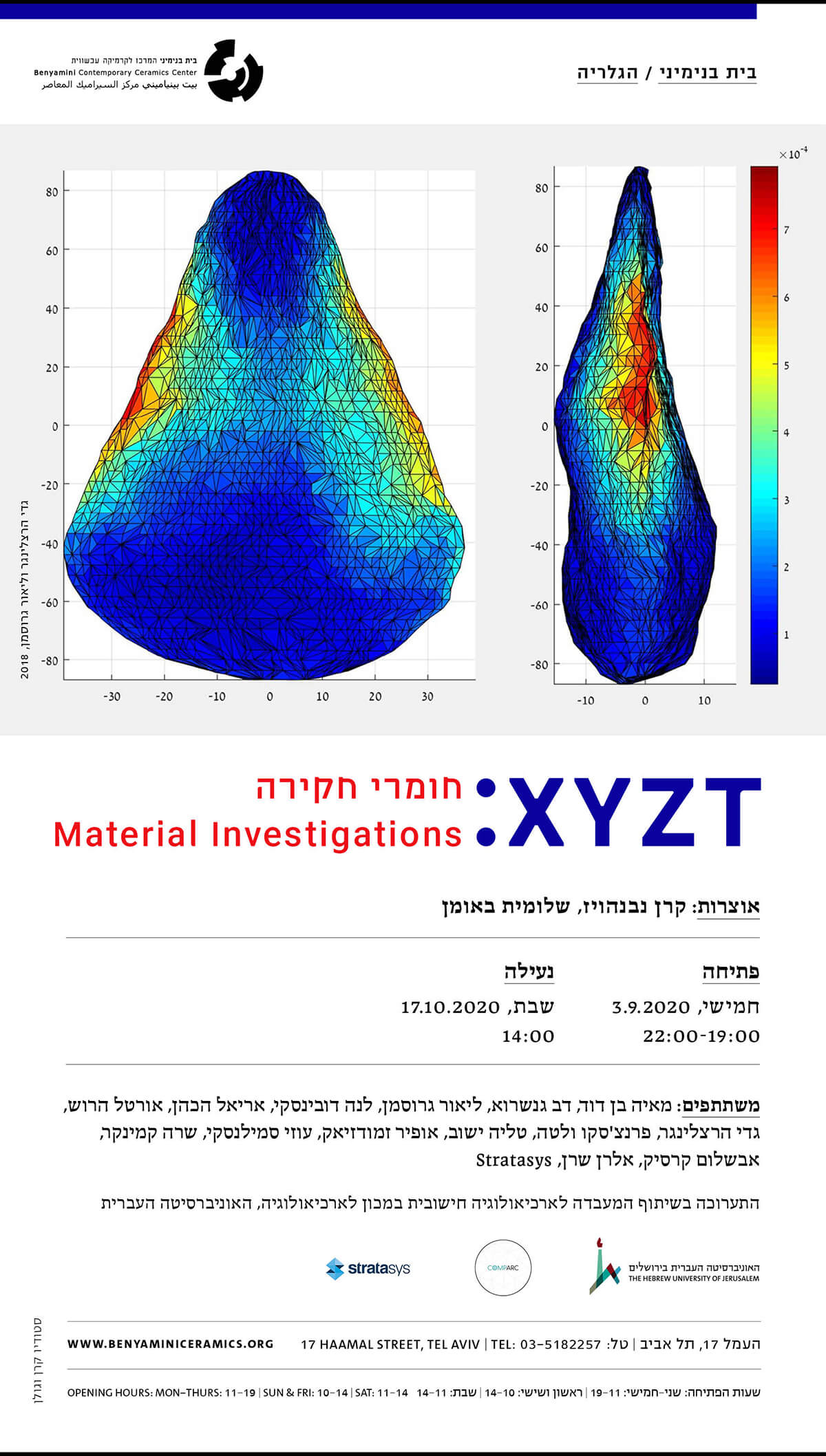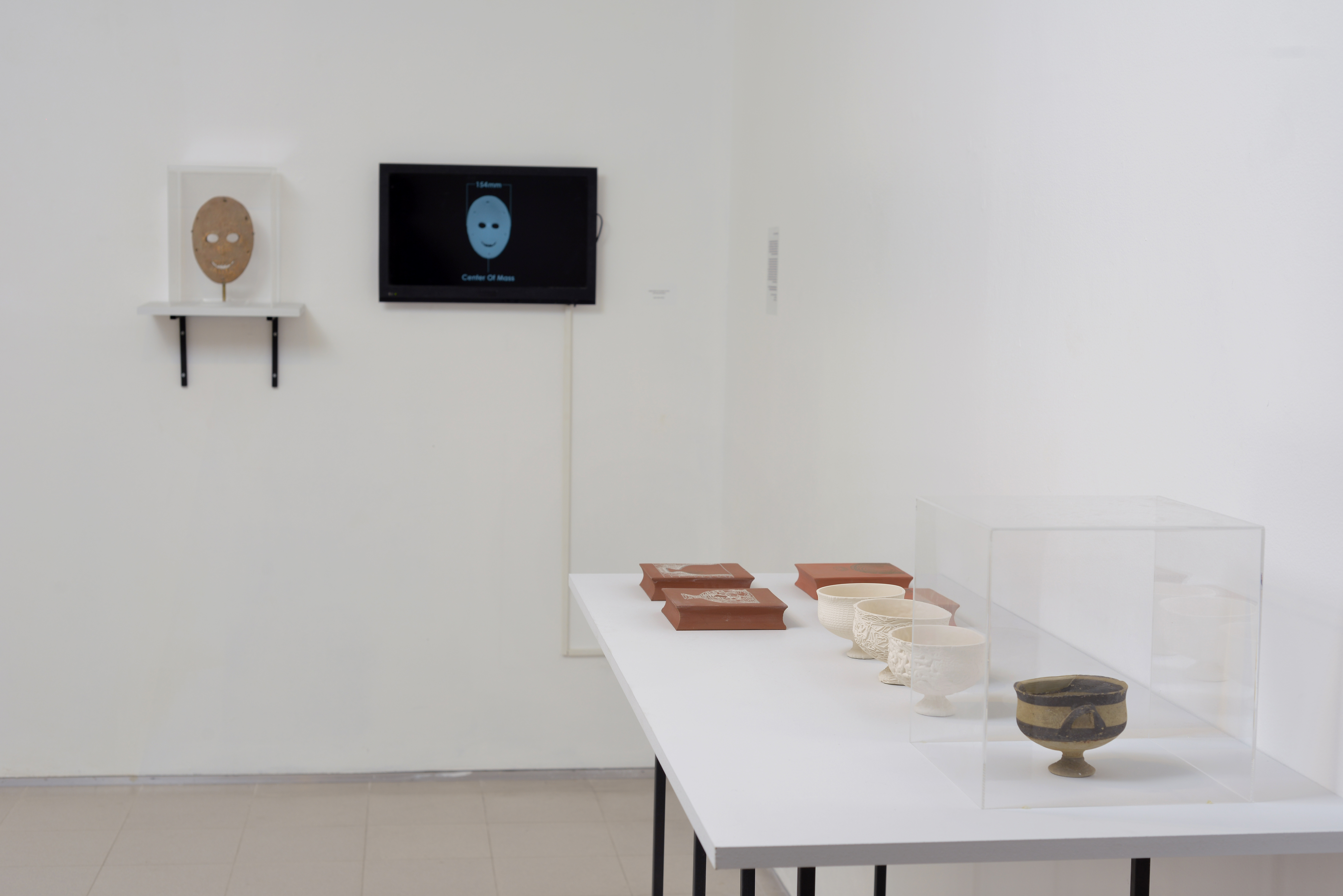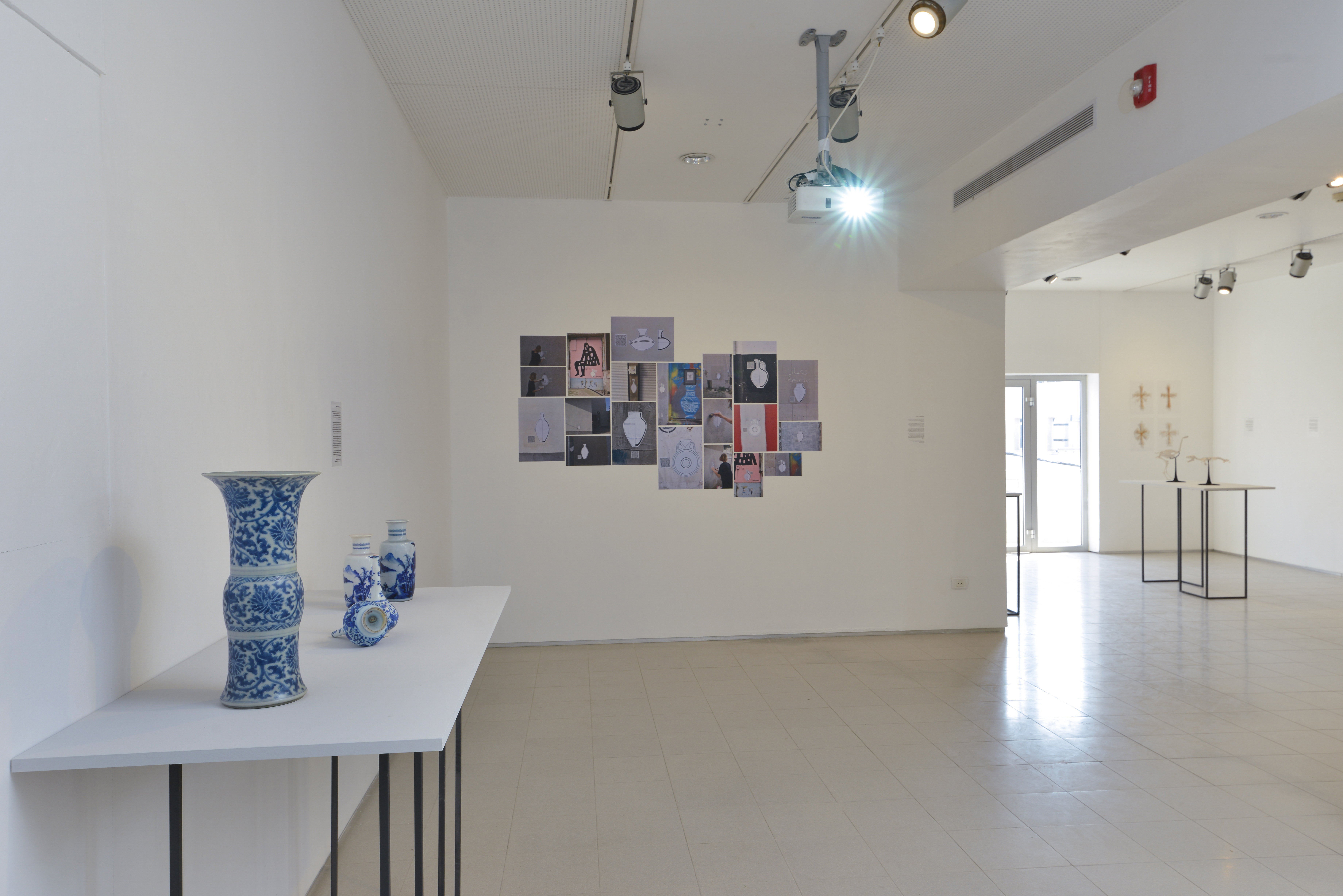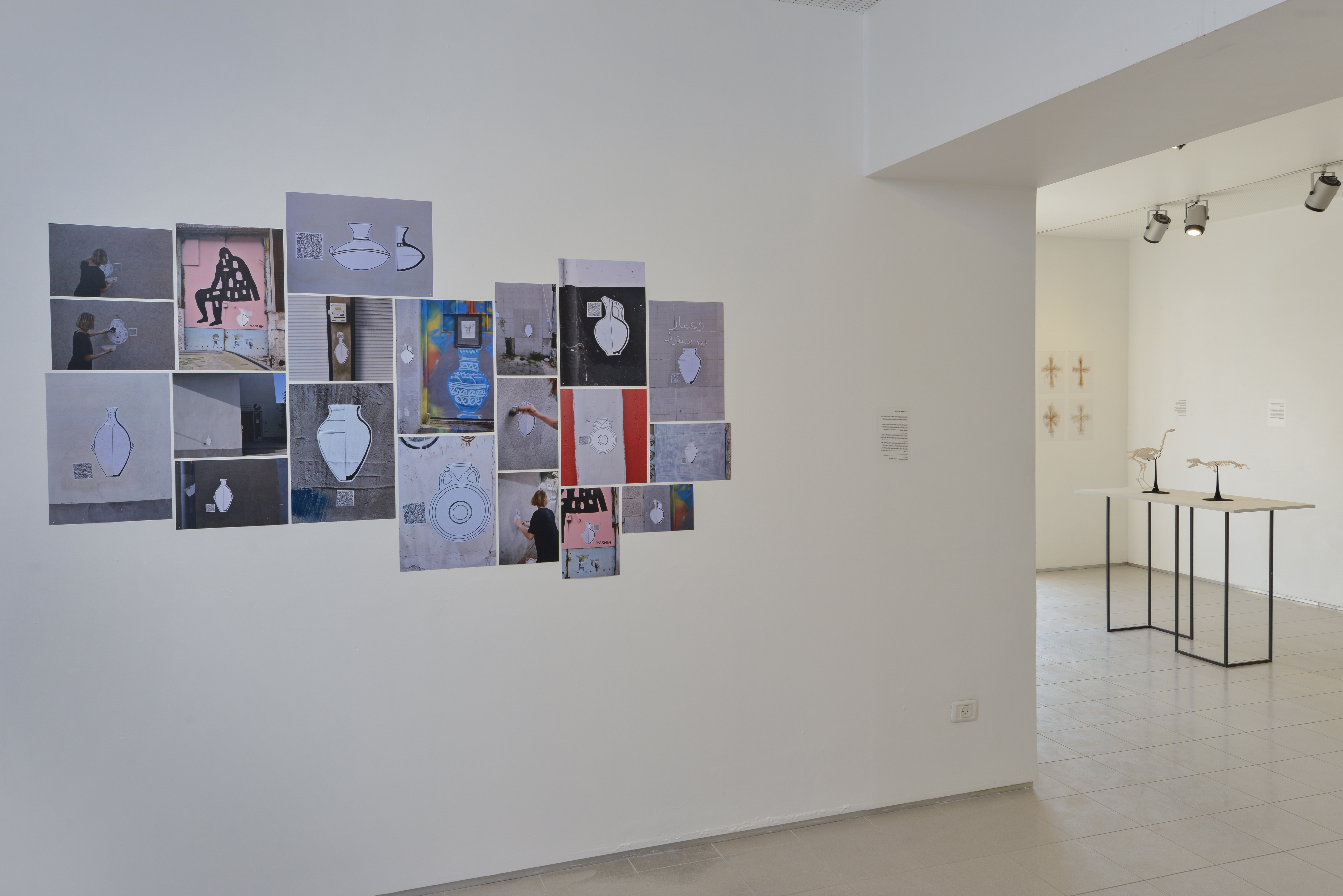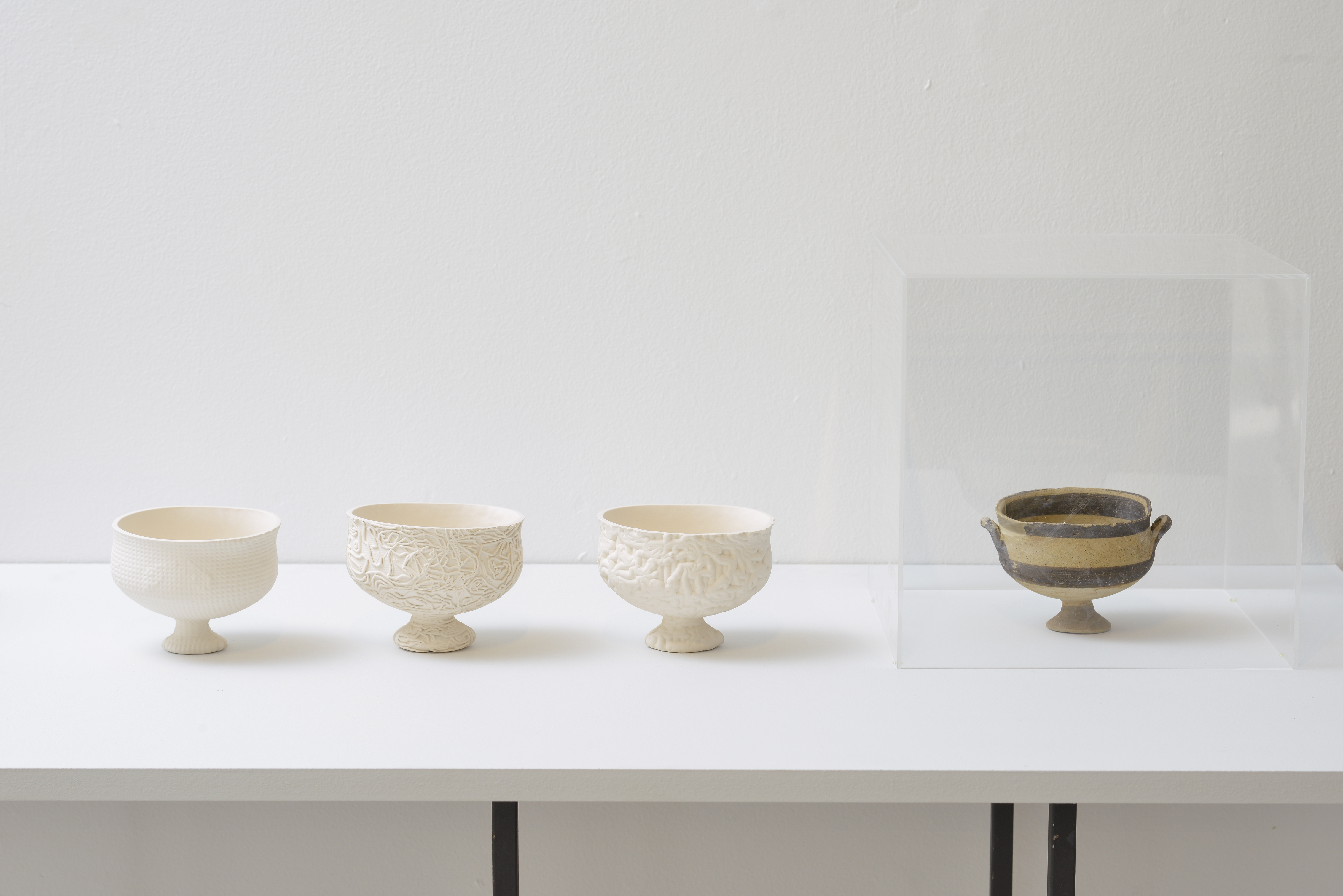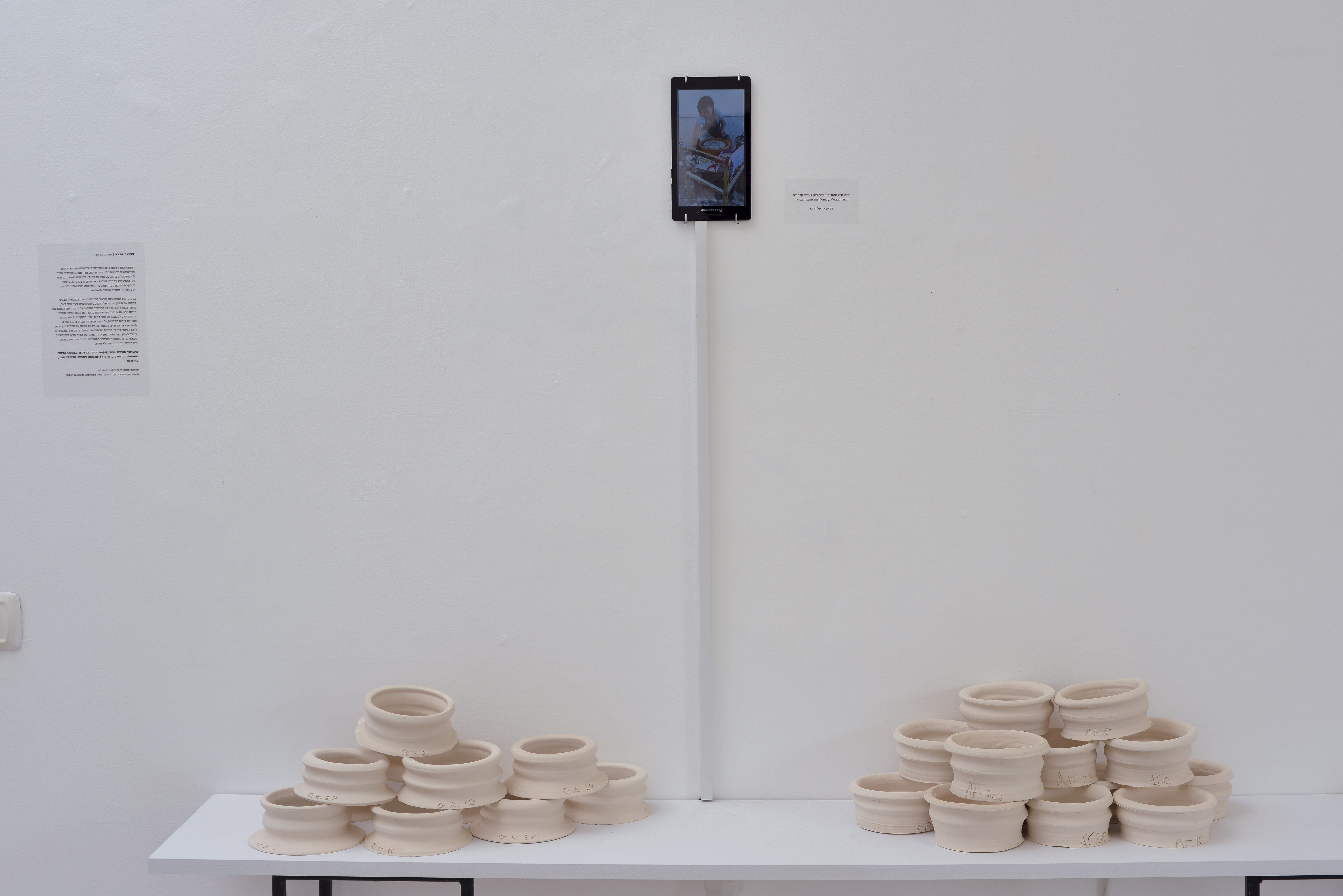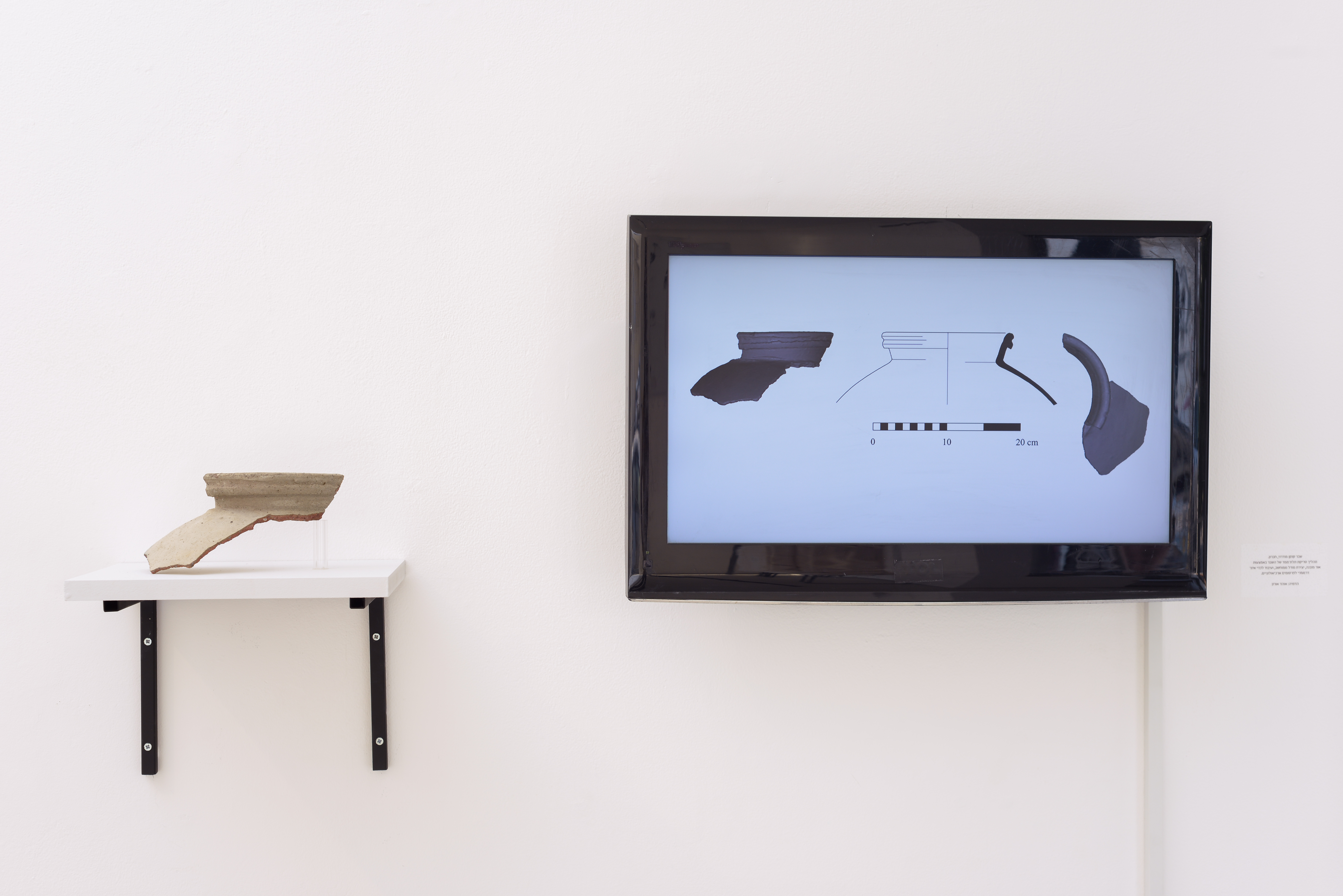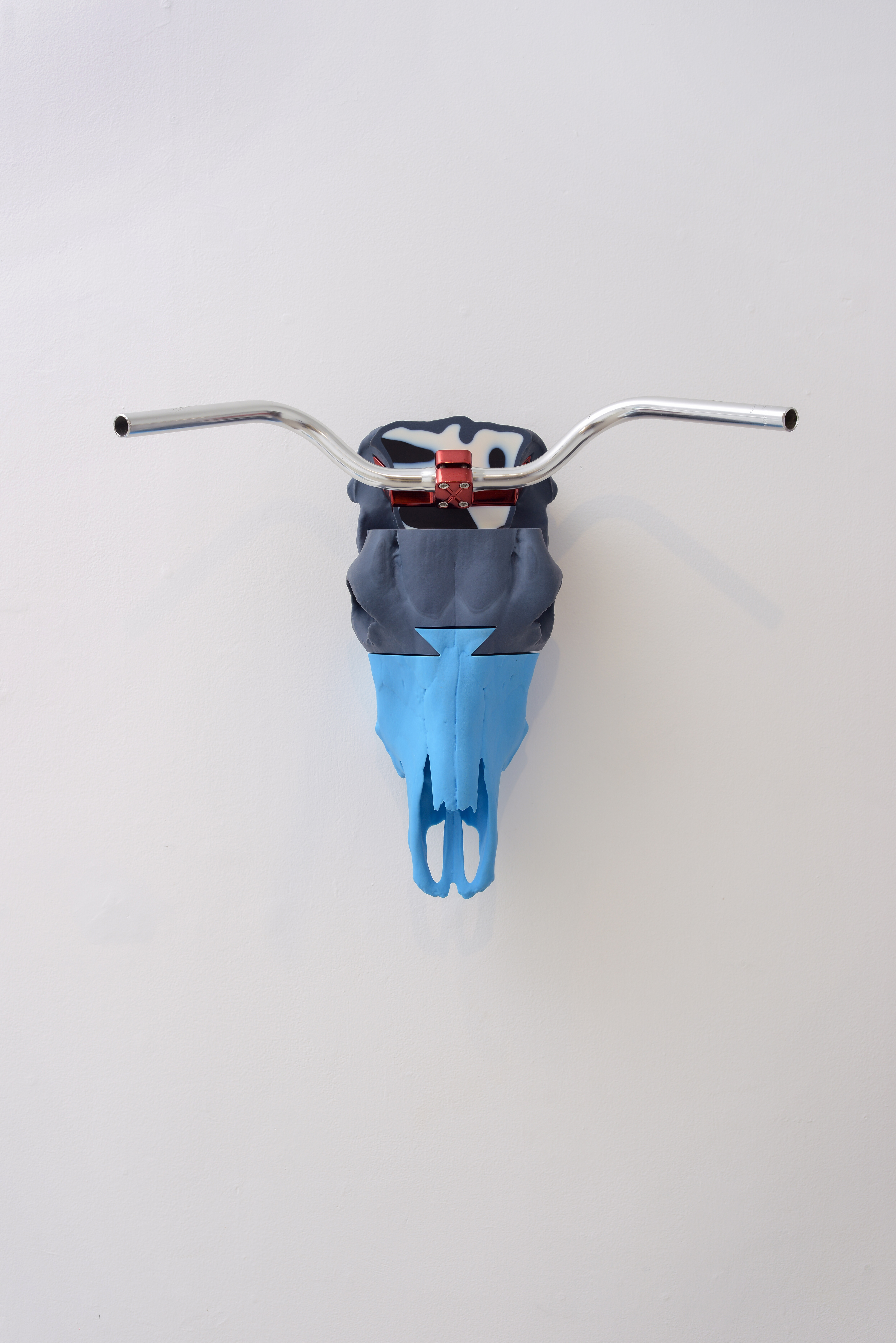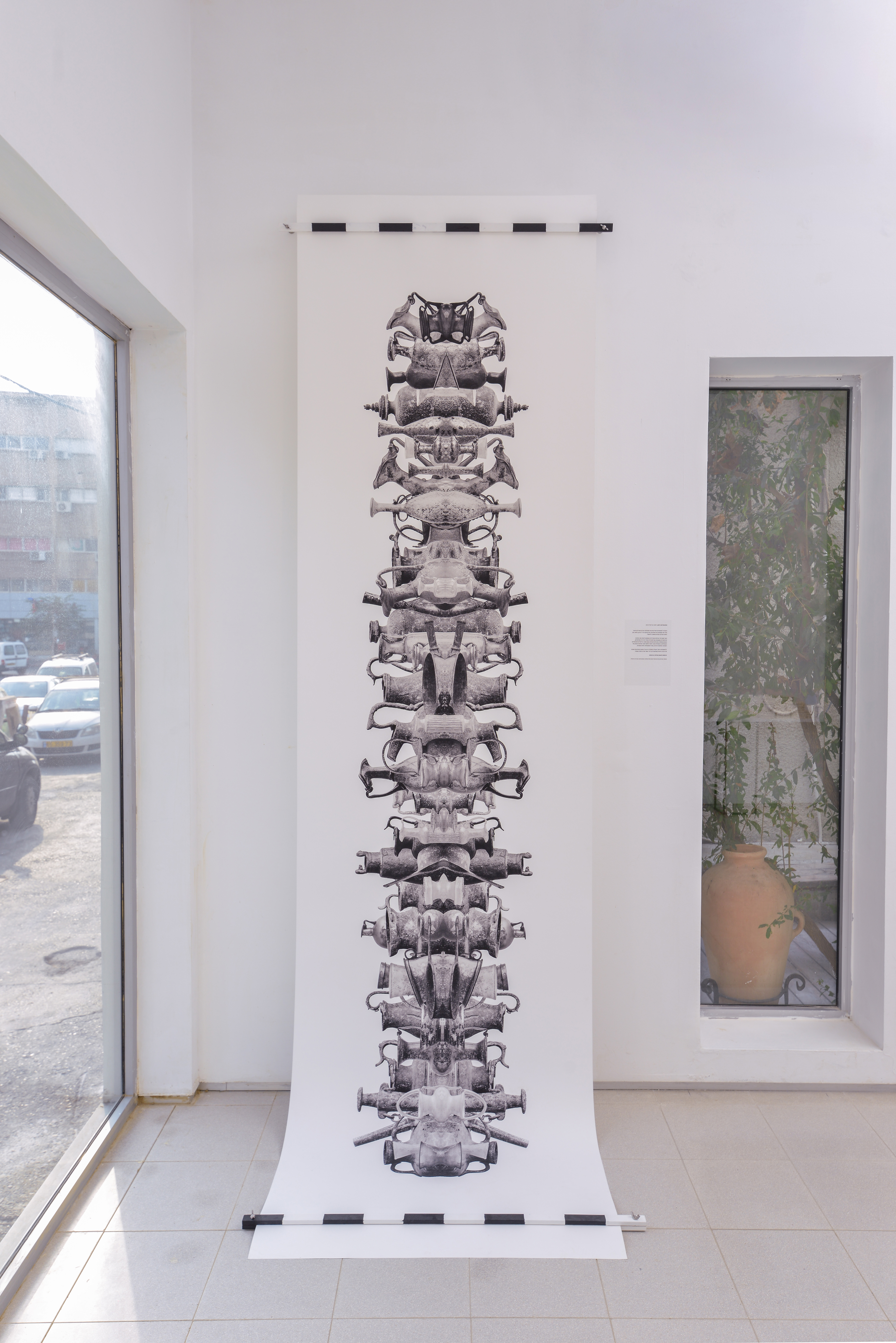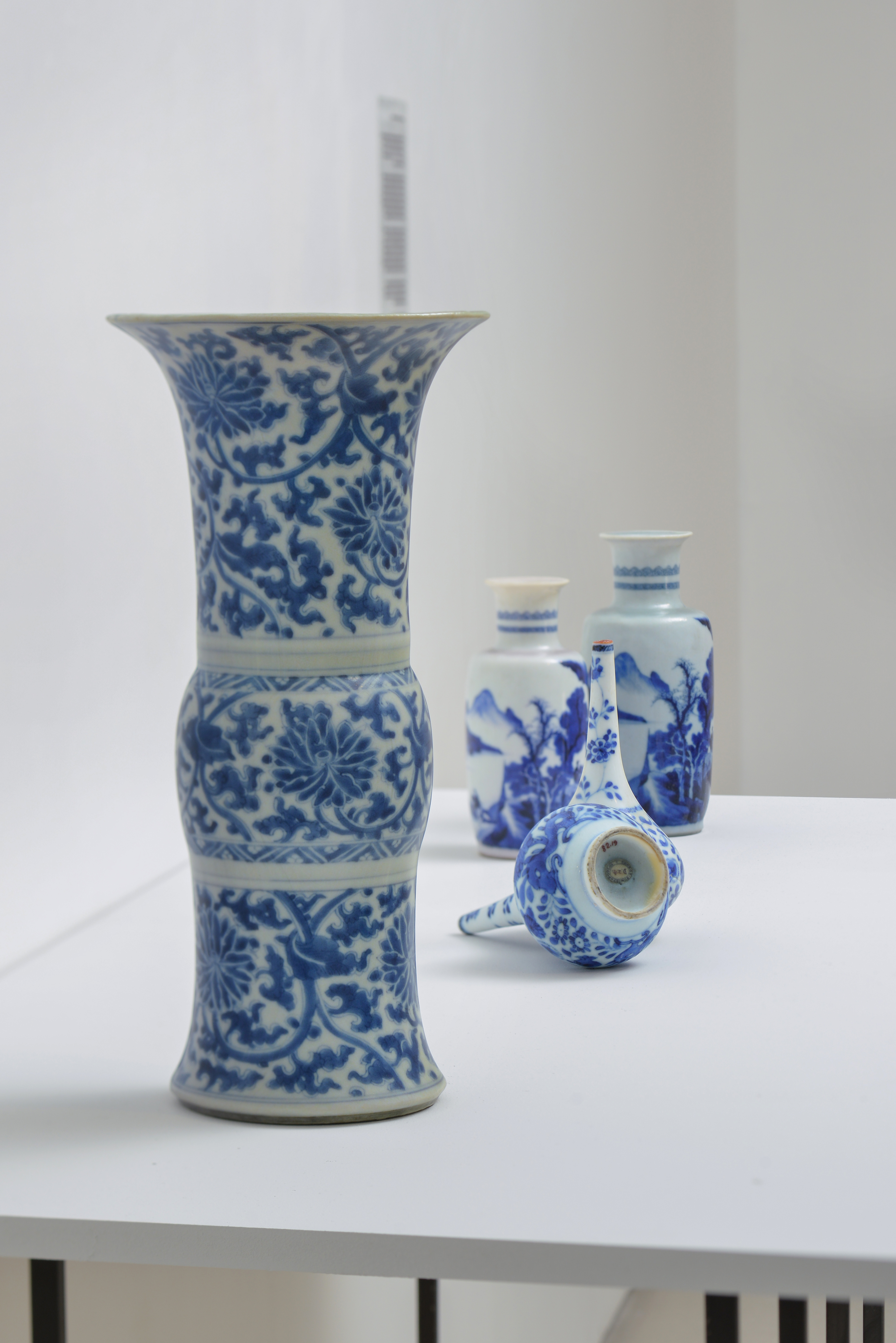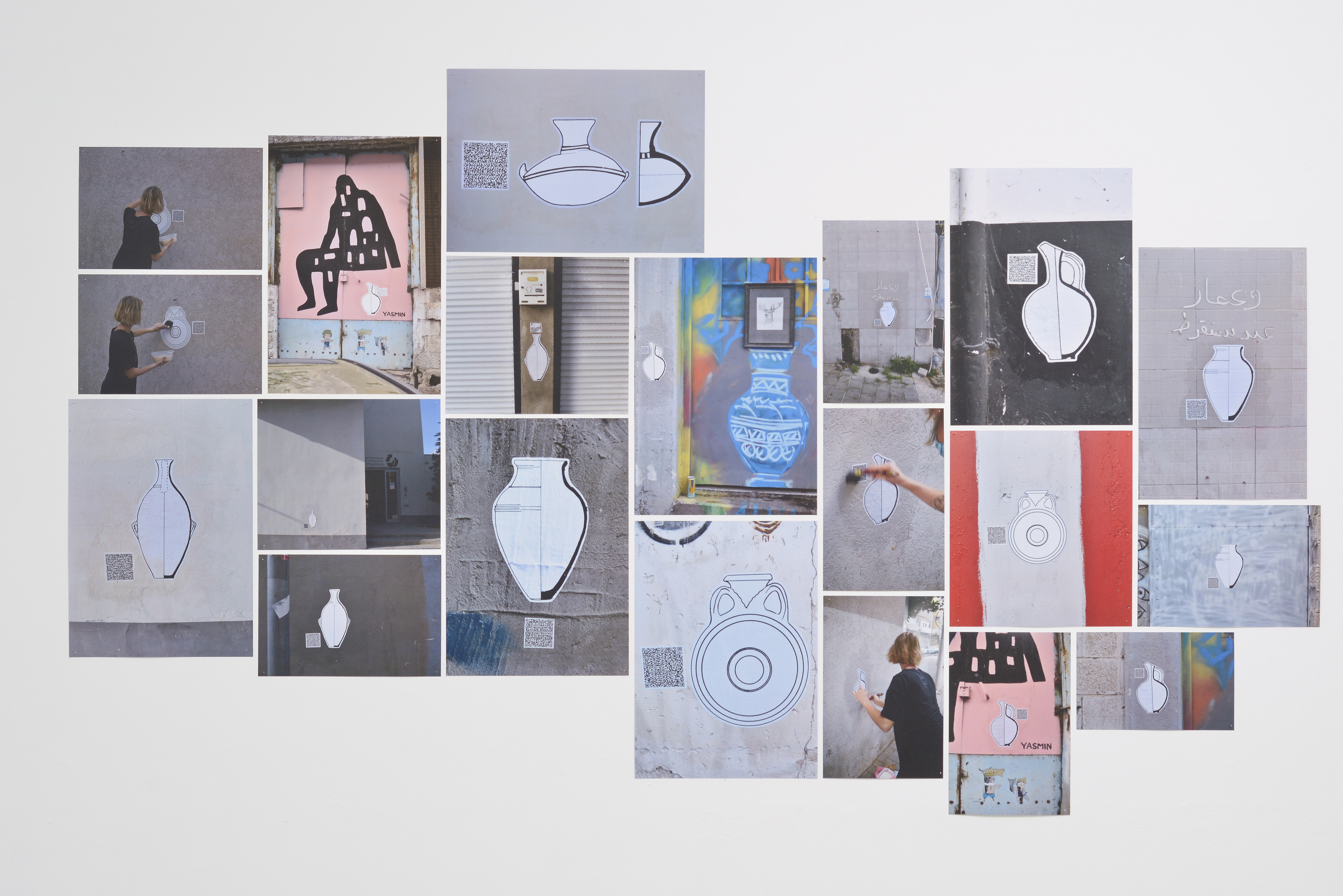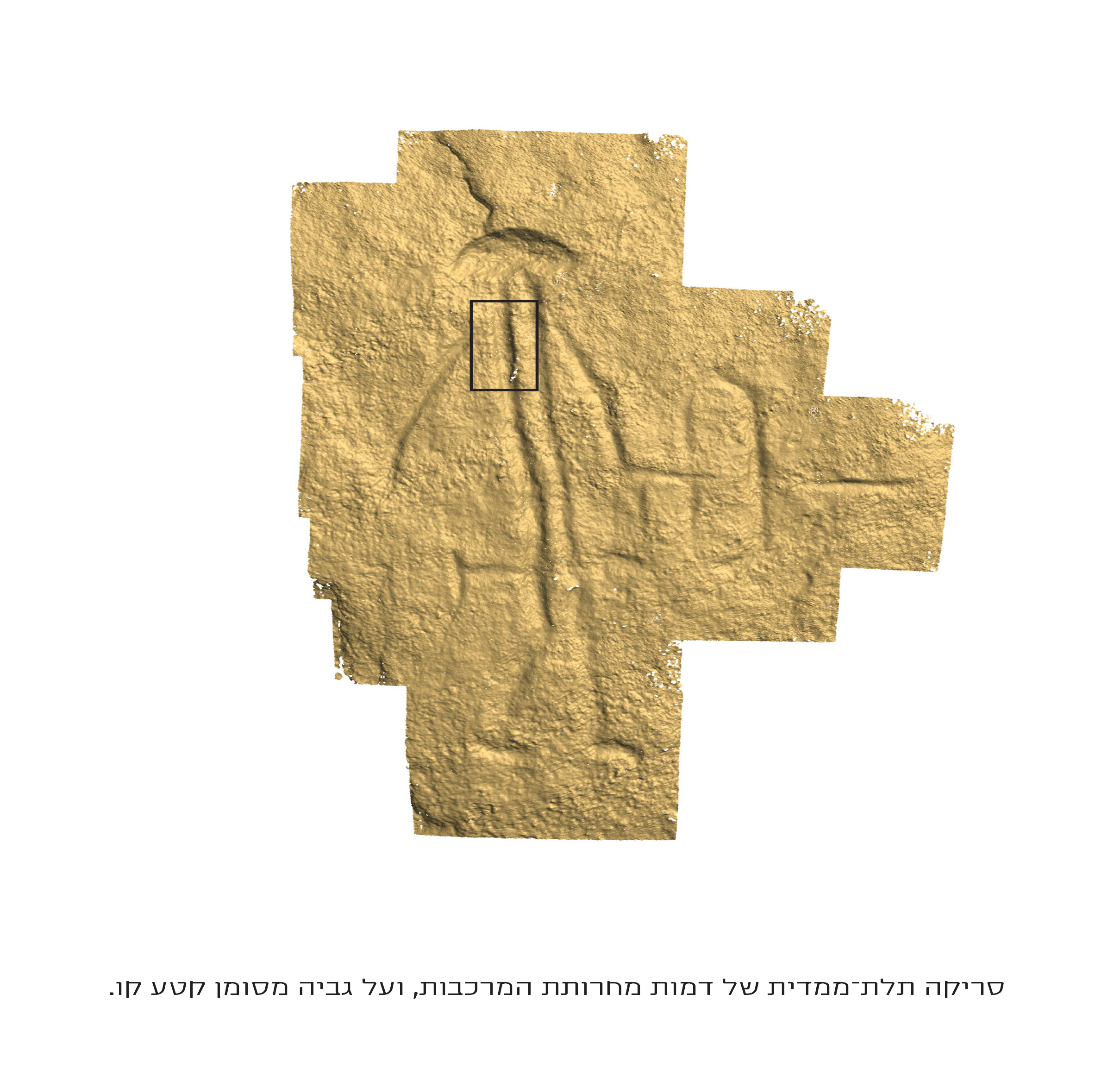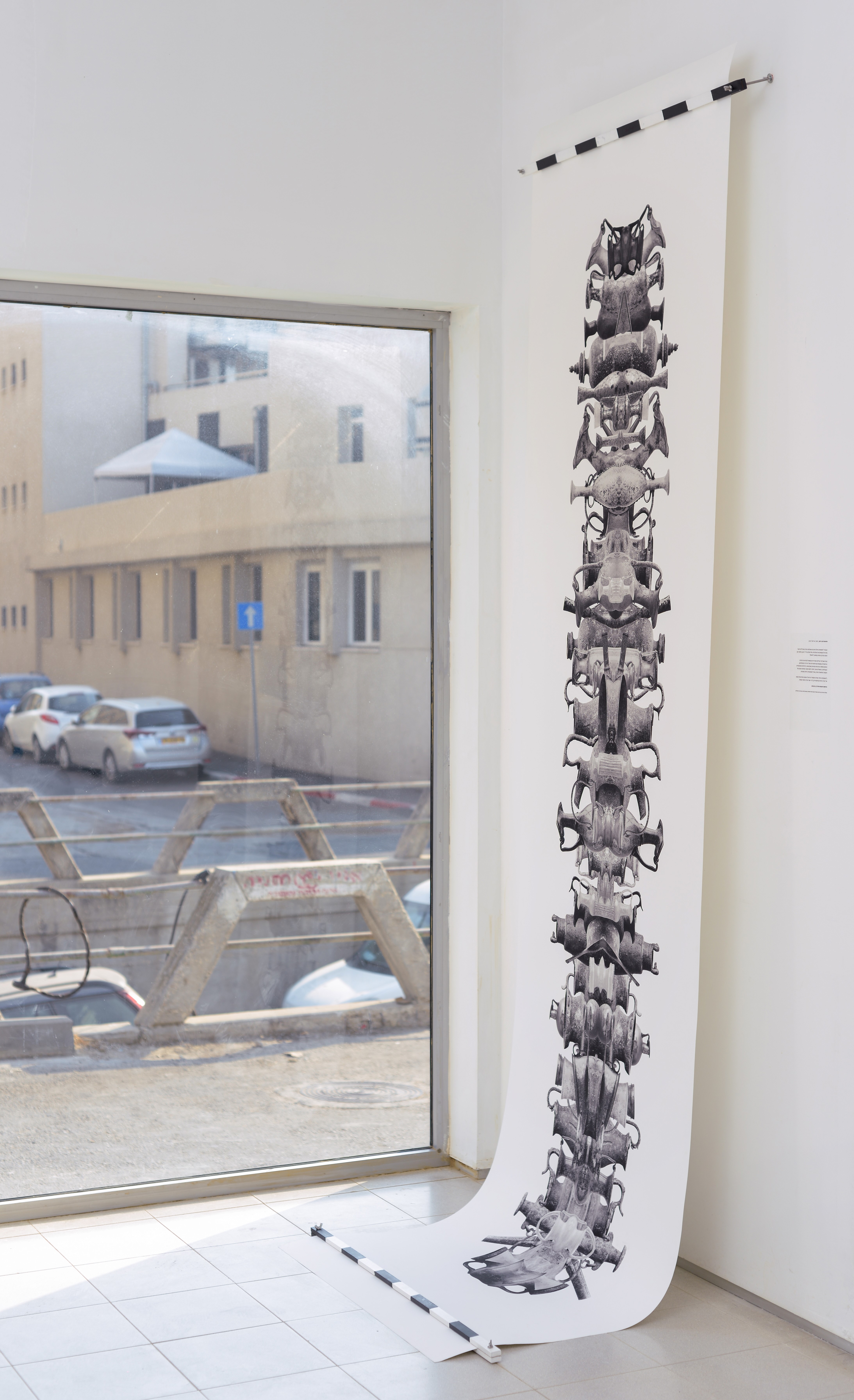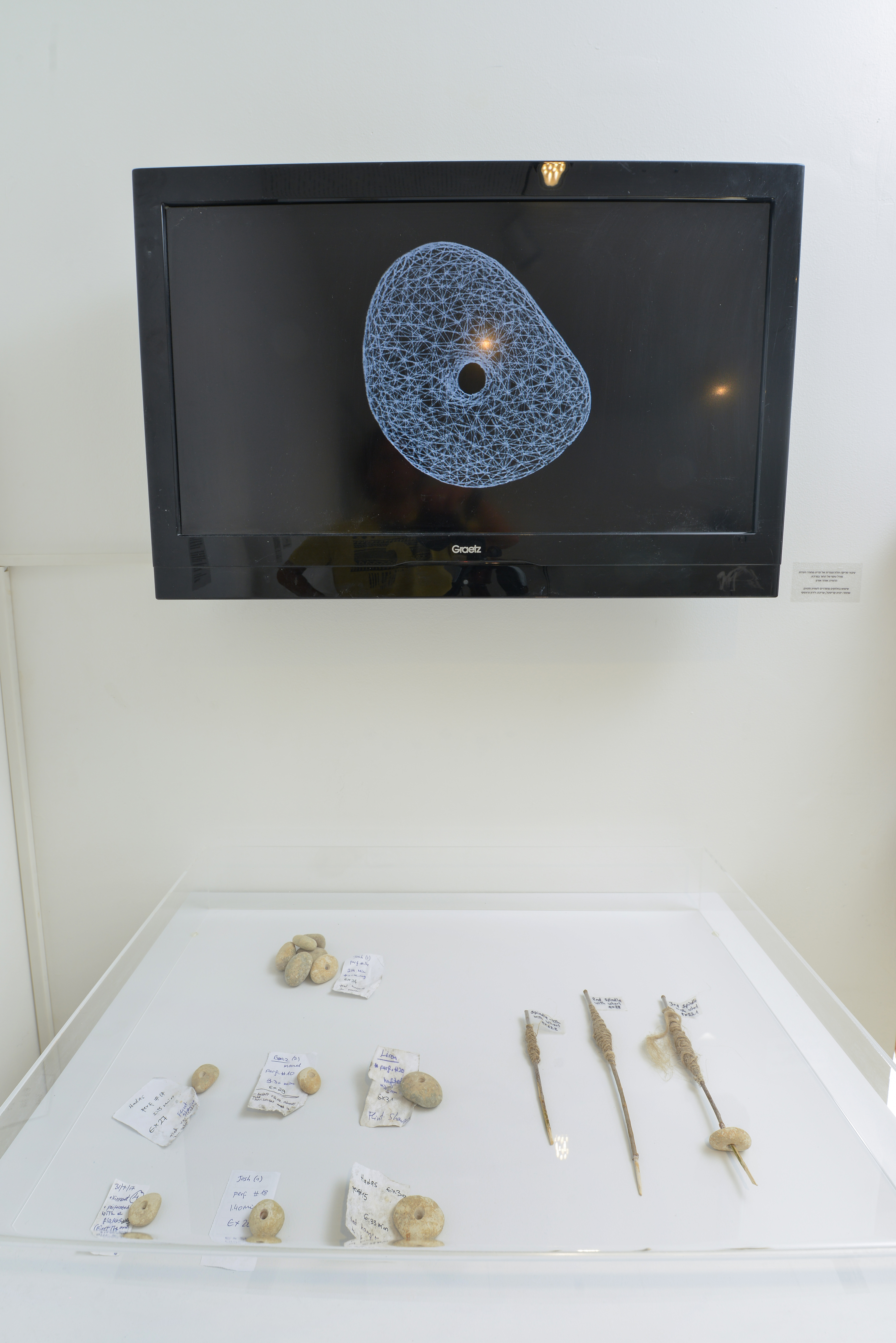XYZT: Material Investigations / Group Exhibition
Participatants: Maya Ben David, Dov Ganshrow, Leore Grosman, Lena Dubinsky, Ariel Hacohen, Ortal Harosh, Gadi Herzlinger, Francesco Valletta, Talia Yashuv, Ofir Zmudjak, Uzy Smilansky, Sara Kaminker, Avshalom Karasik, Sharan Elran, Stratasys
Curators: Shlomit Bauman and Keren Nebenhaus
Opening: Thursday, 03.09.20, 19:00
Symposium: Friday 16.10.20, An online morning of lectures – For registration
Gallery Talk: Friday 4.12.20, 11:30, An online meeting- For registration
Closing: Saturday, 19.12.2020, 14:00
The exhibition is in cooperation with the Computational Archaeological Laboratory, Archaeology Department, Hebrew University, Jerusalem
3D scanning and printing (considered the fourth industrial revolution) has been embedded in our daily lives and their influence has exceeded their expected contribution to new manufacturing processes. The various 3D technologies are used in all fields of scientific research, development of new design methods, important advances in the medical field and the manufacture of food, developments in lighting and more. These technologies deeply effect our existence and gradually change the way we perceive reality and material culture in our environment.
Seemingly 3D scanning, processing, and printing is similar in all fields, however, the different fields of knowledge make different applications for the same technology.
For several years designing with 3D software, scanning and printing are common for designers and almost every design student has a small printer for printing models. This has changed the way design is learnt as a profession regarding the tools used as well as the visual and material language and the manufacturing process.
This exhibition is the result of a cooperative project between the Benyamini Ceramics Center and the Computational Archaeological Laboratory of the Hebrew University and raises questions about the different uses of similar technological tools in the two fields of knowledge which have an interesting interface since archaeologists learn about the different facets of human society through the material cultural remains and designers create contemporary material culture.
The research of the Computational Archaeological Laboratory is based on 3D scanning of artifacts from all periods. The digital models enable researchers to get exact geometric data of the scanned items. Programs that are specially developed in the Laboratory analyze the data and provide answers to archaeological questions that were previously inaccessible, such as ancient technologies, differentiation between different manufacturing processes, as well as characterizing the “finger print” of the persons who made the pots thousand and hundreds of thousands of years ago.
The cooperation between the Laboratory and the Benyamini Center focuses on the cultural implications of computational archaeological research and the use of similar technologies to develop concepts that broaden the limits of the familiar. In addition, this project brings together archaeologists and designers that deal with similar questions about the past, the present and perhaps the future of material culture. Some of the questions that arise from the exhibition are: How does advanced technology help reproduce the past and question the present? Is research of the past an exact science? How is the status of an object viewed today, with the possibility of scanning, copying, and reproducing rare archaeological artifacts, or objects of famous designers? What will be the influence of “open source” on human knowledge of culture? What is the capability of these two disciplines to construct and deconstruct and to learn from each other?
The exhibition gives an opportunity for archaeologists to observe contemporary cultural aspects of their research and gives makers the opportunity to deal with objects from a research and technological view. The works in the exhibition focus on the connection between new technologies and material culture from the past and present and offer a design or art reaction to the issues raised by archaeological research.
-
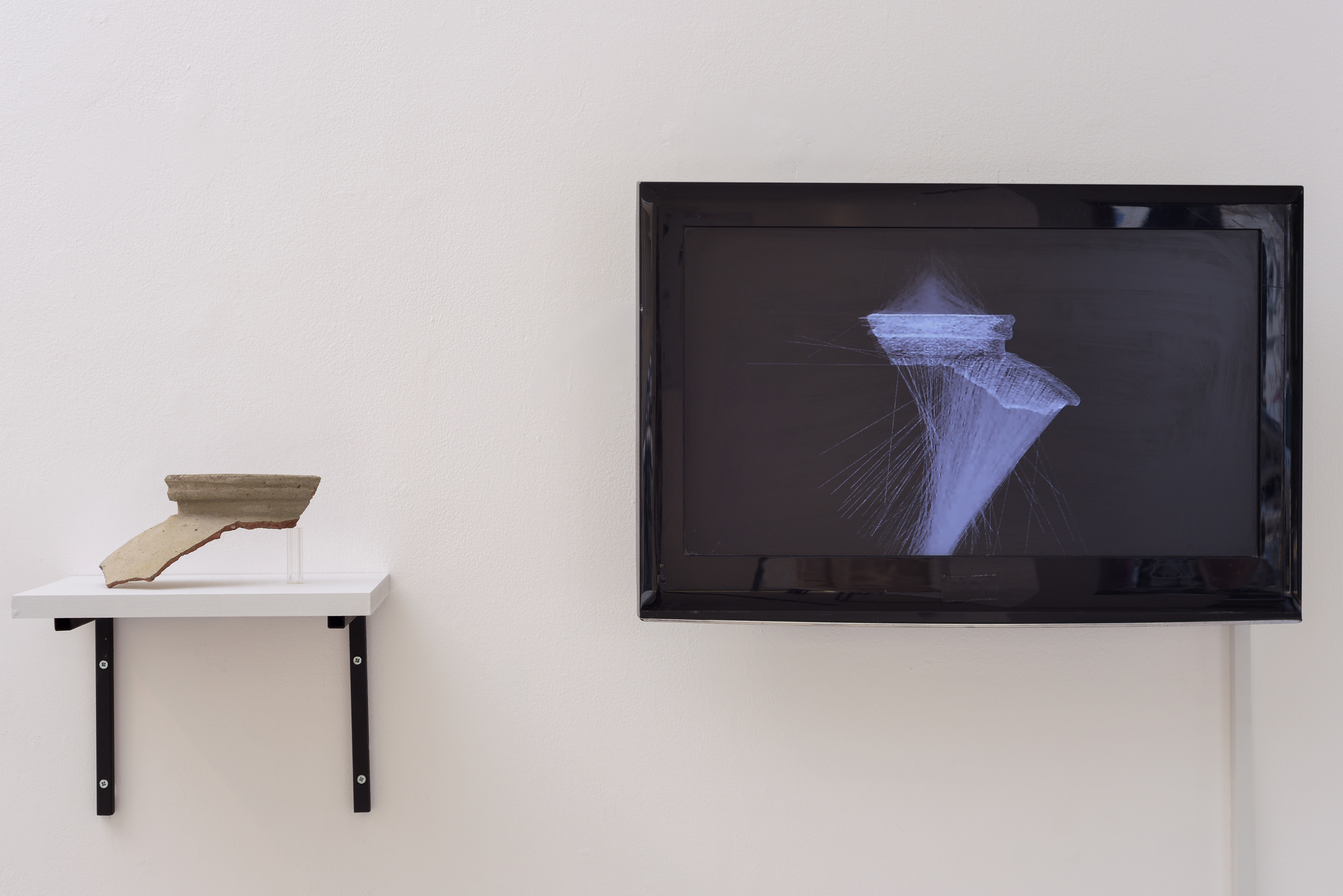
Pottery 3D | Avshalom Karasik and Uzy Smilansky
-
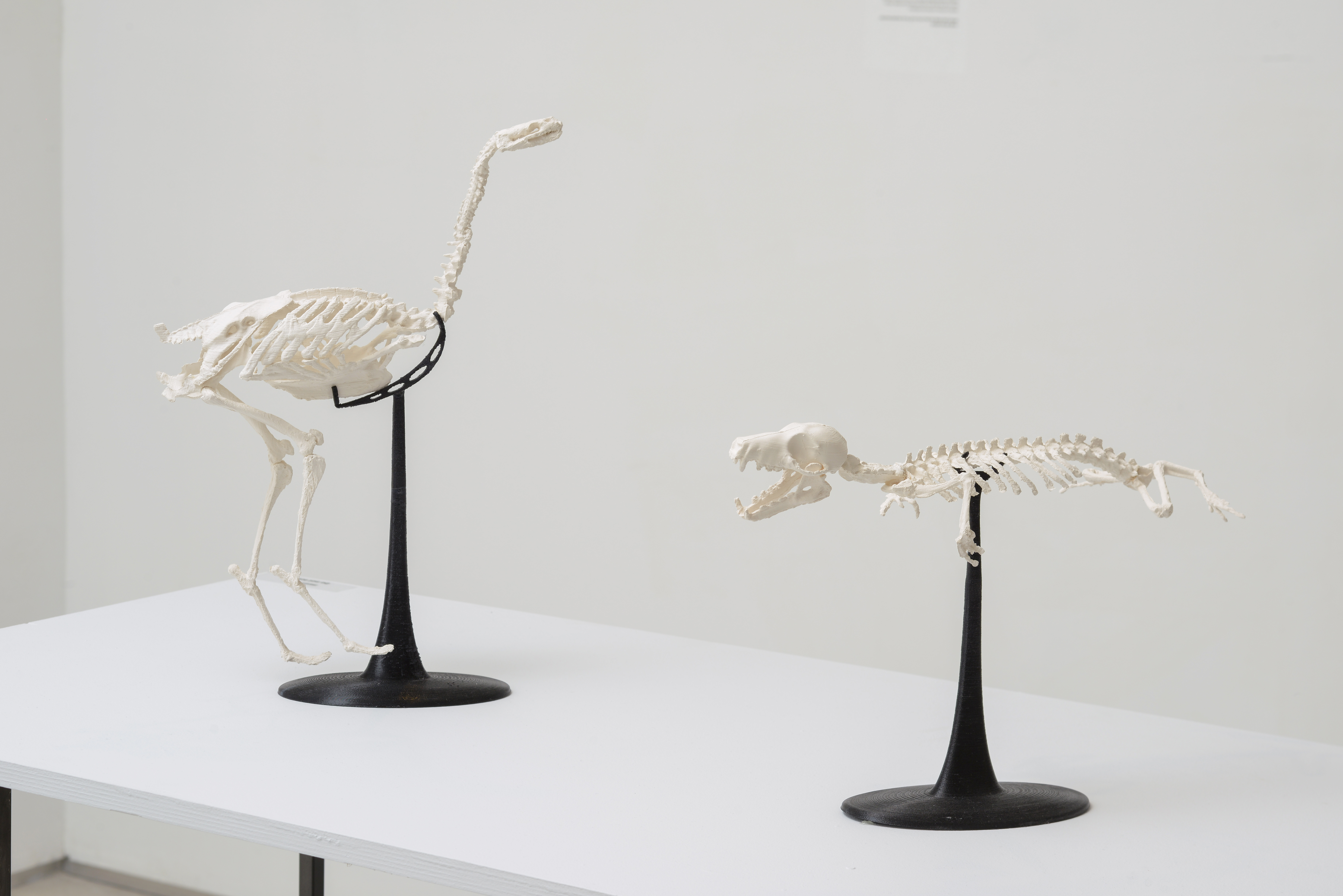
The Missing Link | Ofir Zmudjak
-
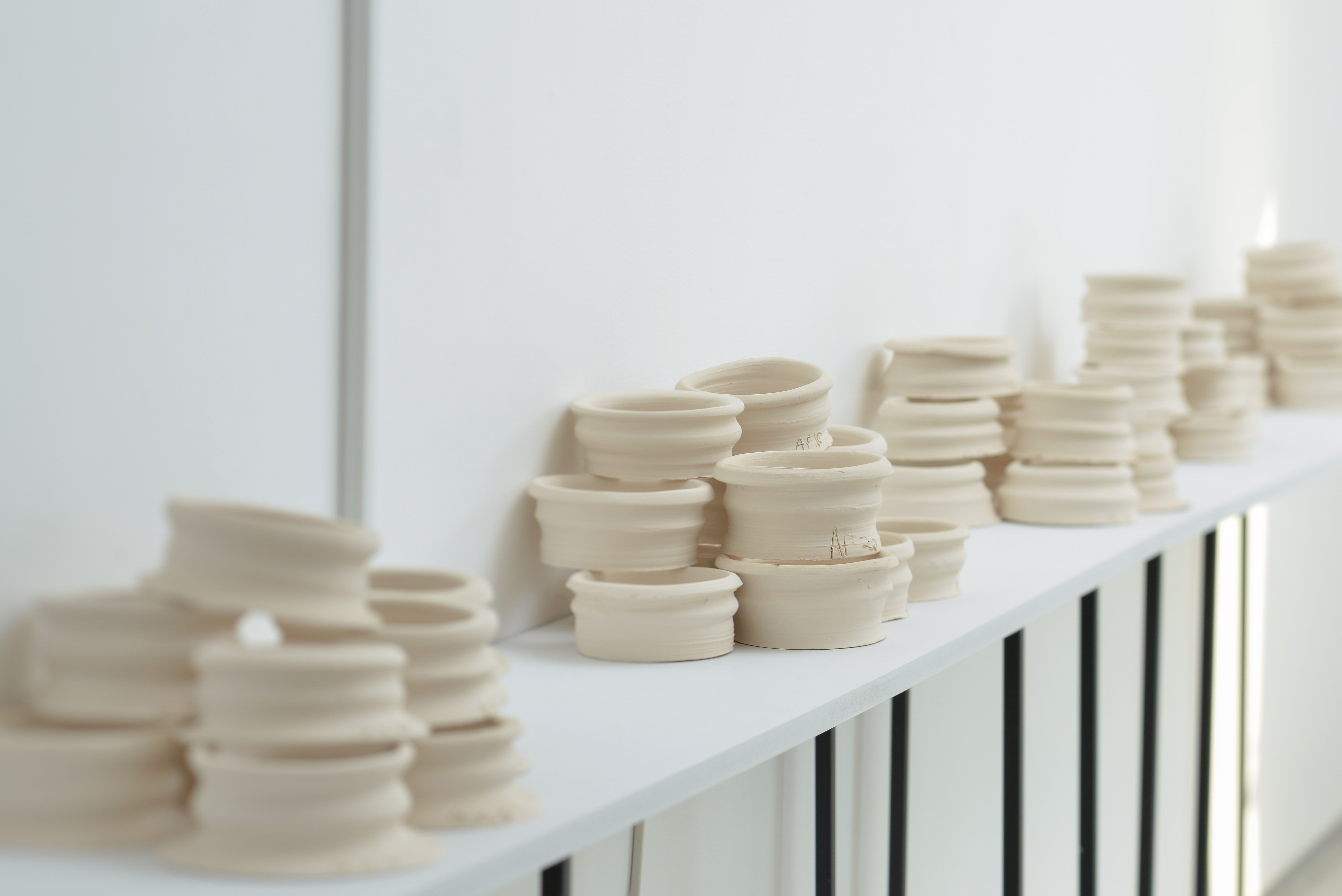
Fingerprint | Ortal Harosh
-
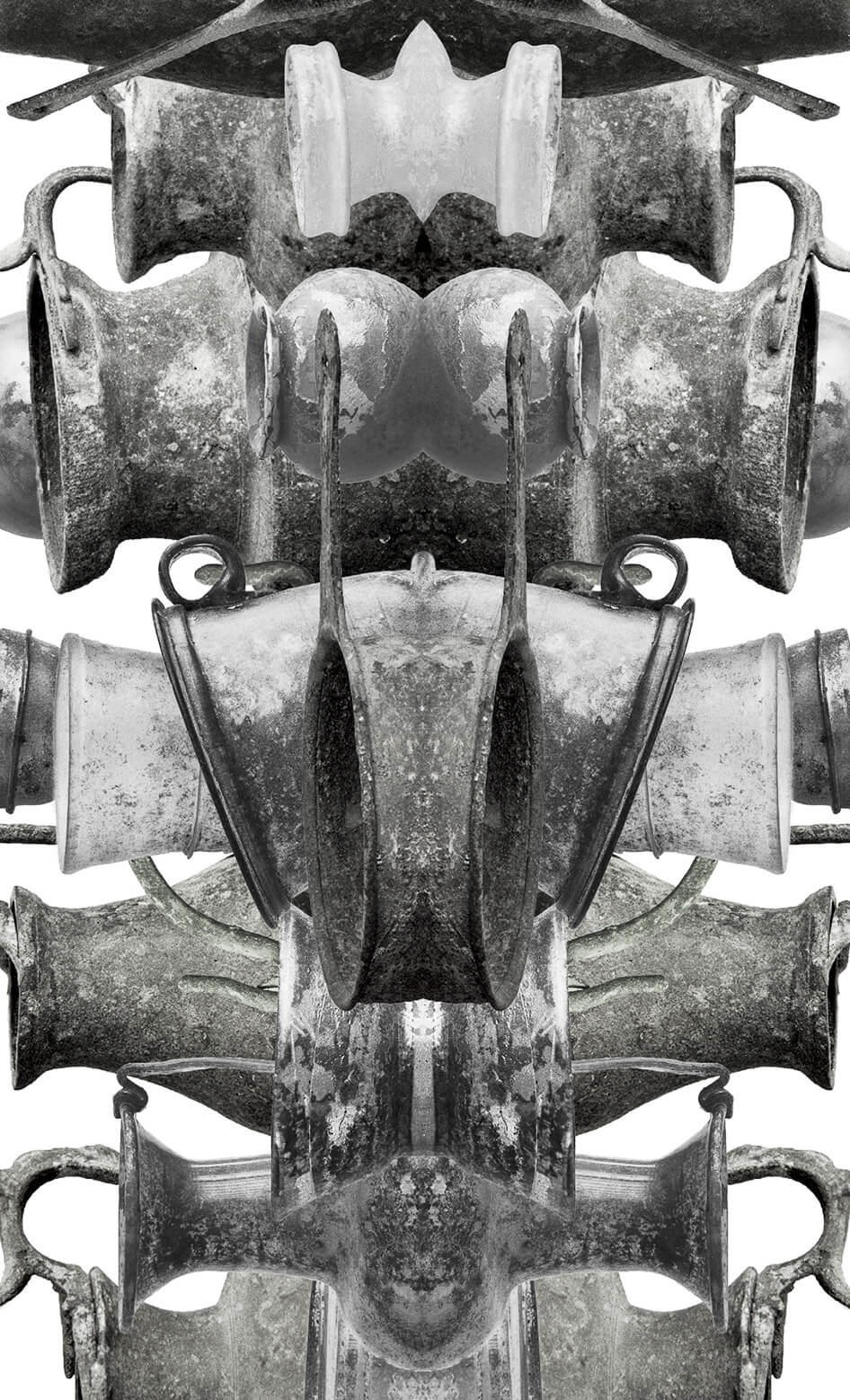
Totemism Today | Ariel Hacohen
-
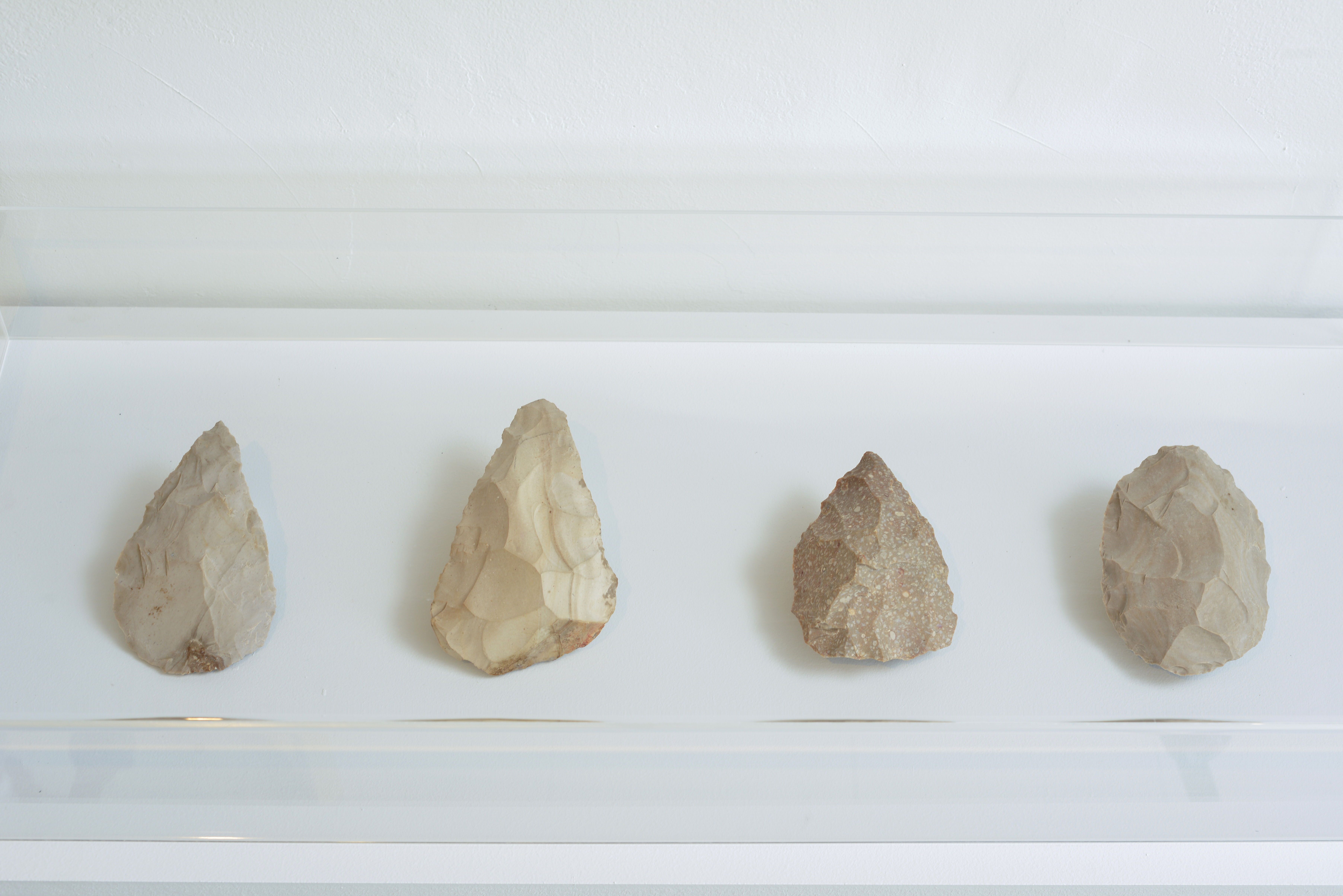
Stone upon Stone | Gady Herzlinger
-
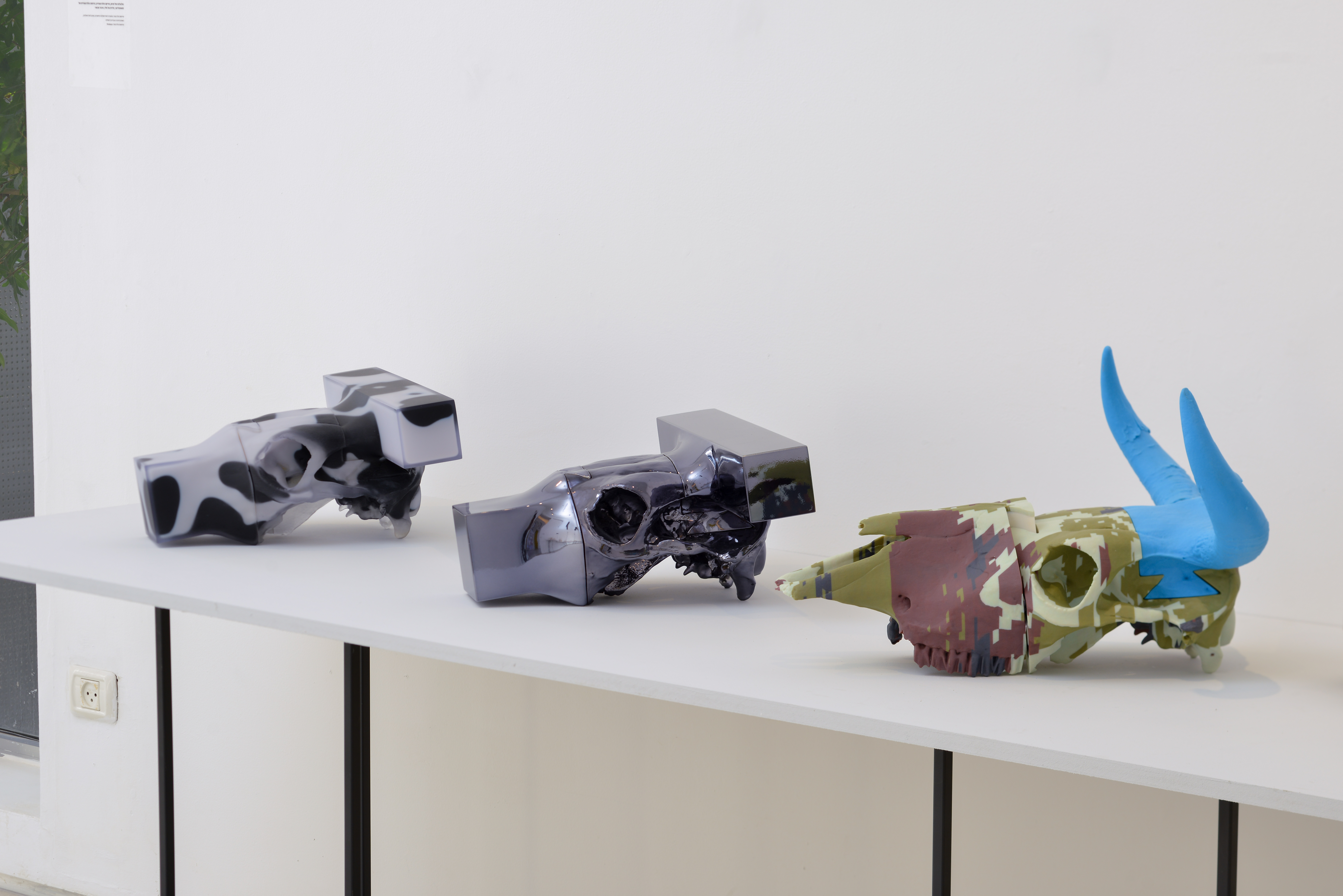
Beast of the Anthropocene 2017 | Dov Ganchrow
-
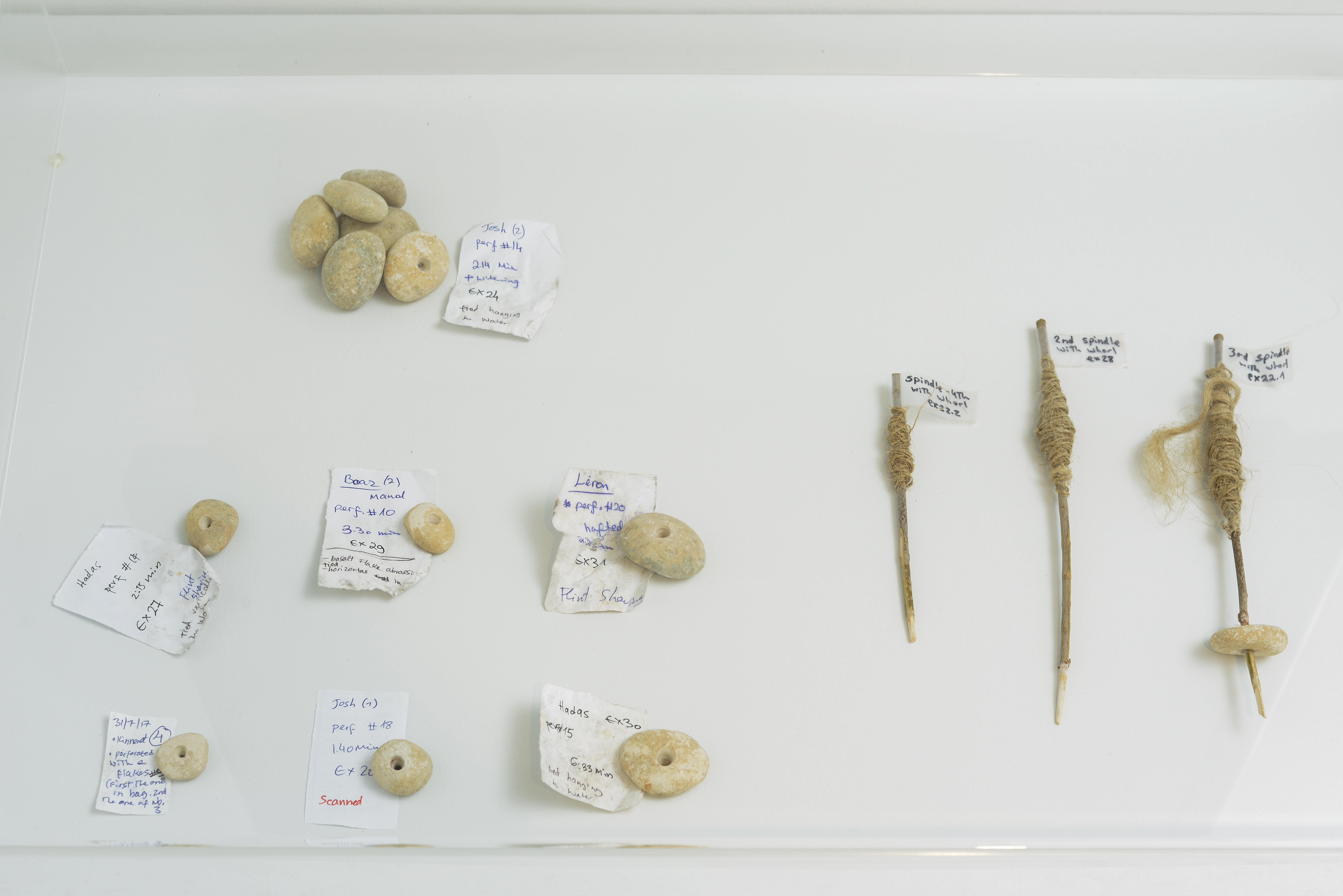
End of the Thread | Talya Yeshuv
-
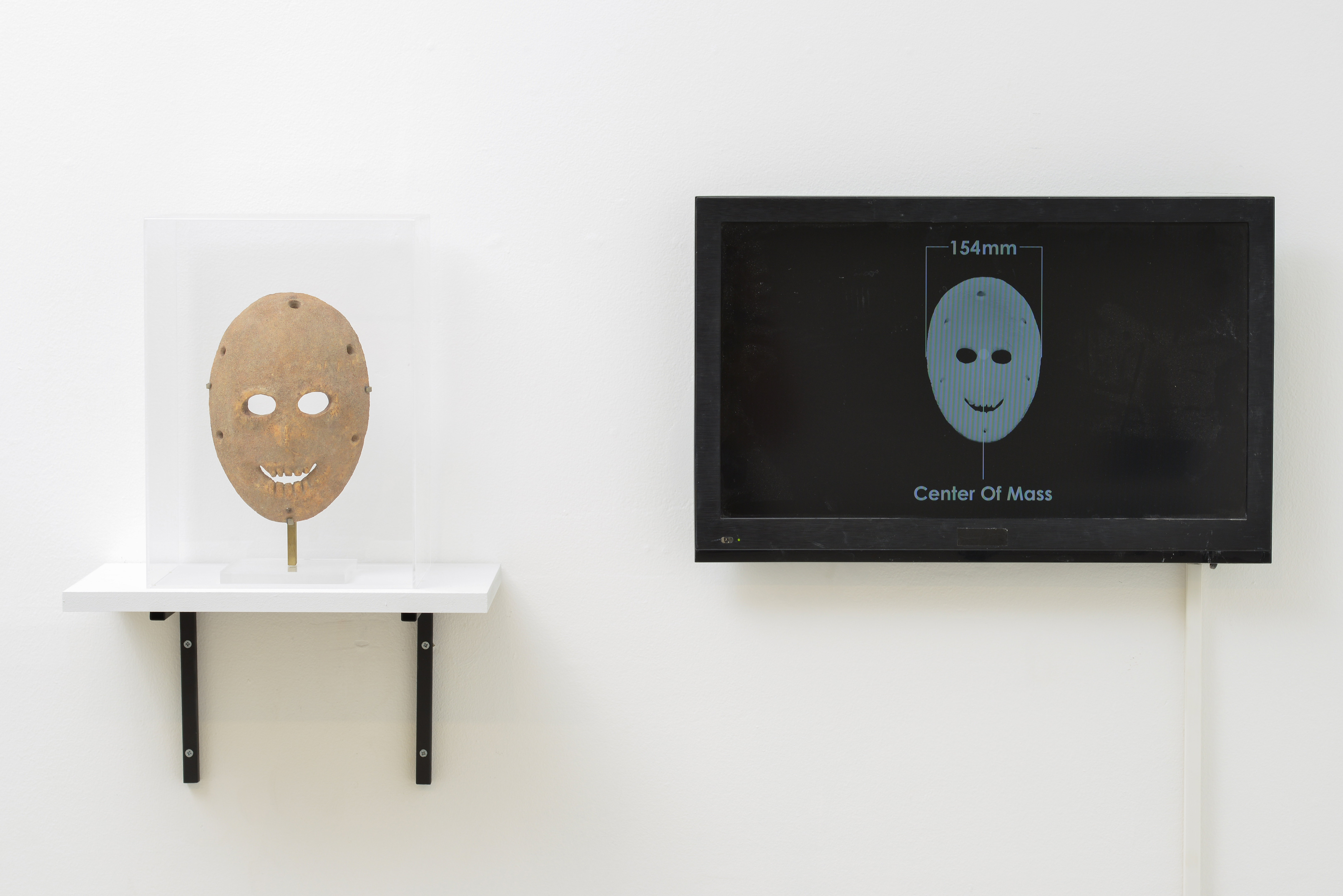
Behind the Mask | Leore Grossman
-
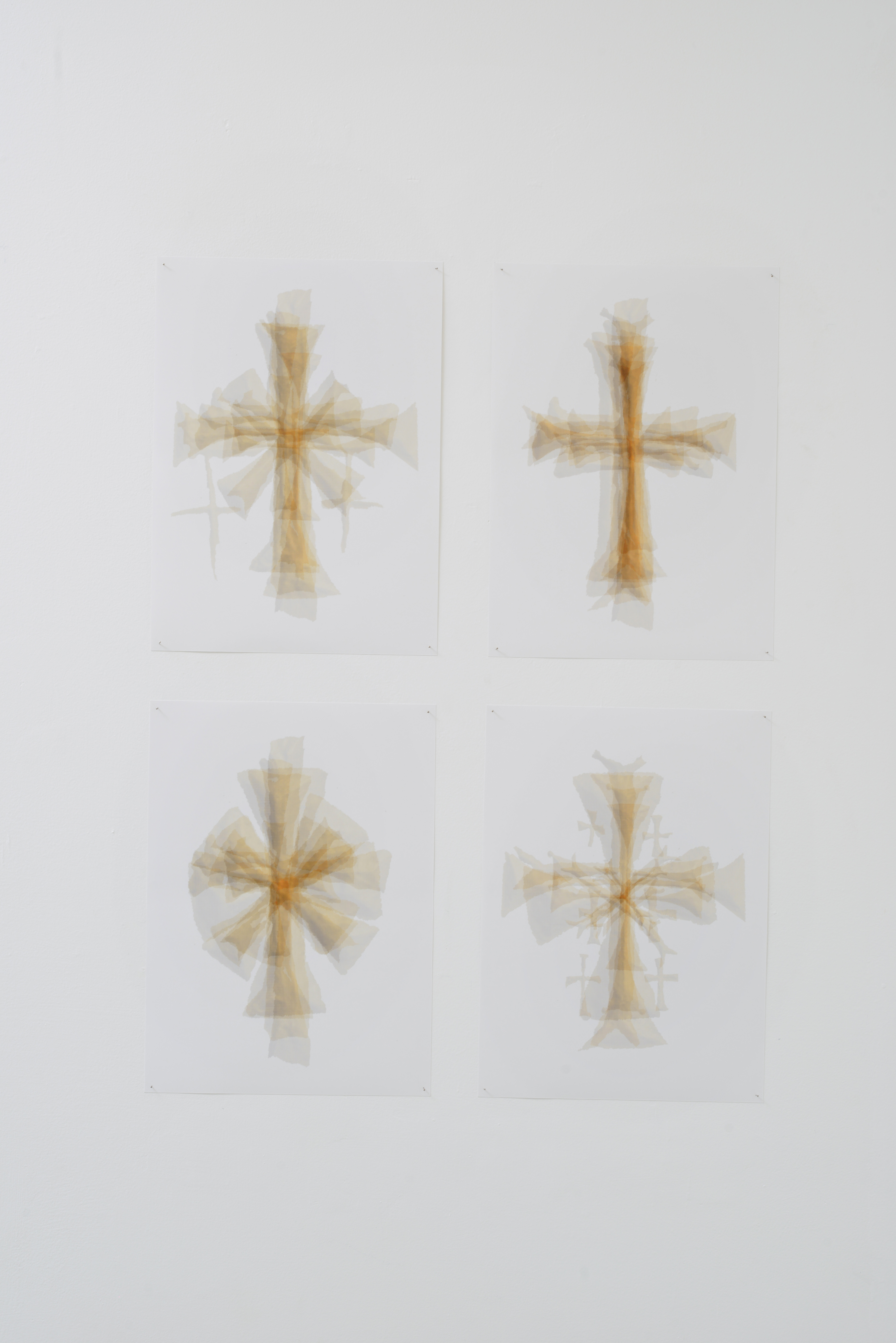
Code(sh) | Lena Dubinsky
-
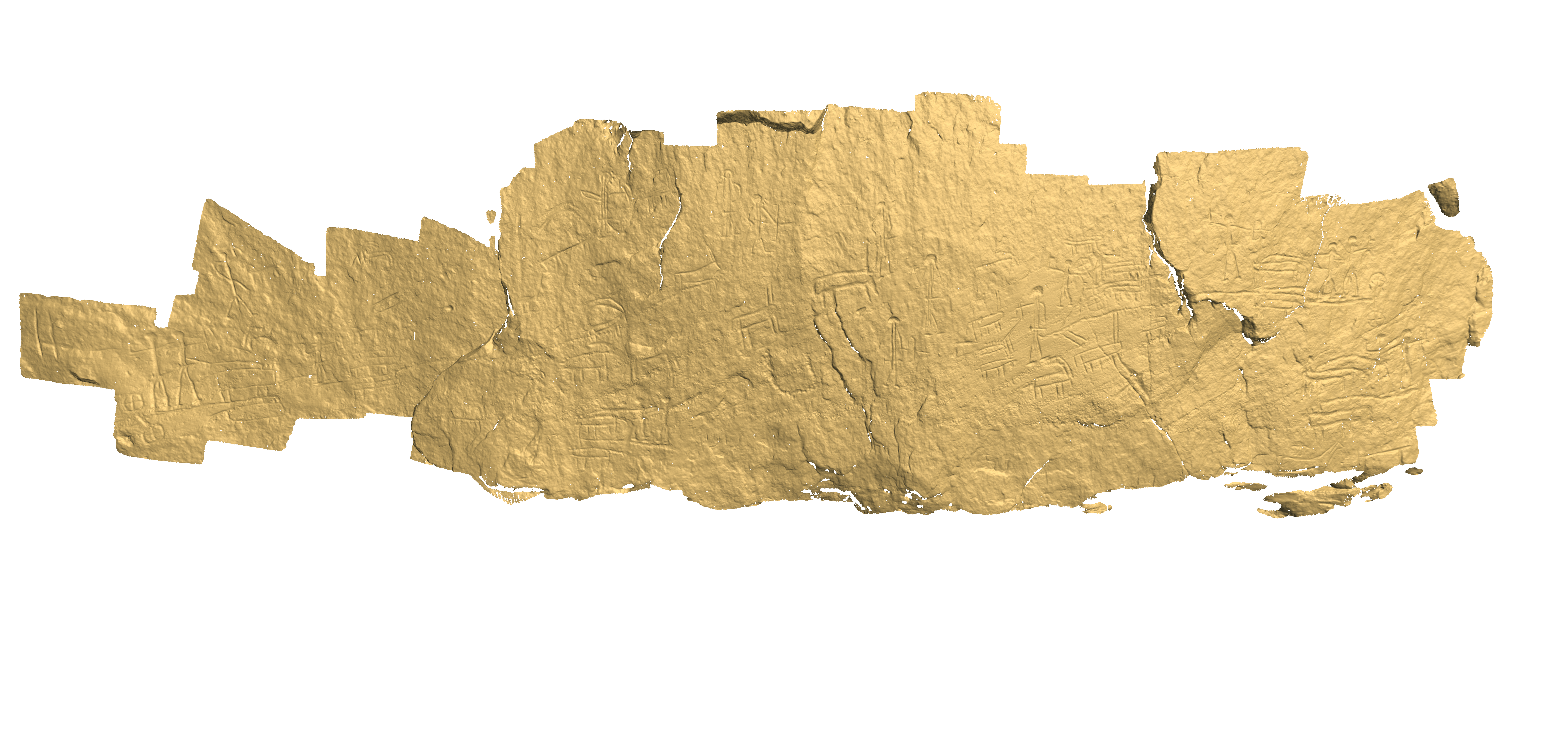
In the Lines | Lena Dubinsky
-
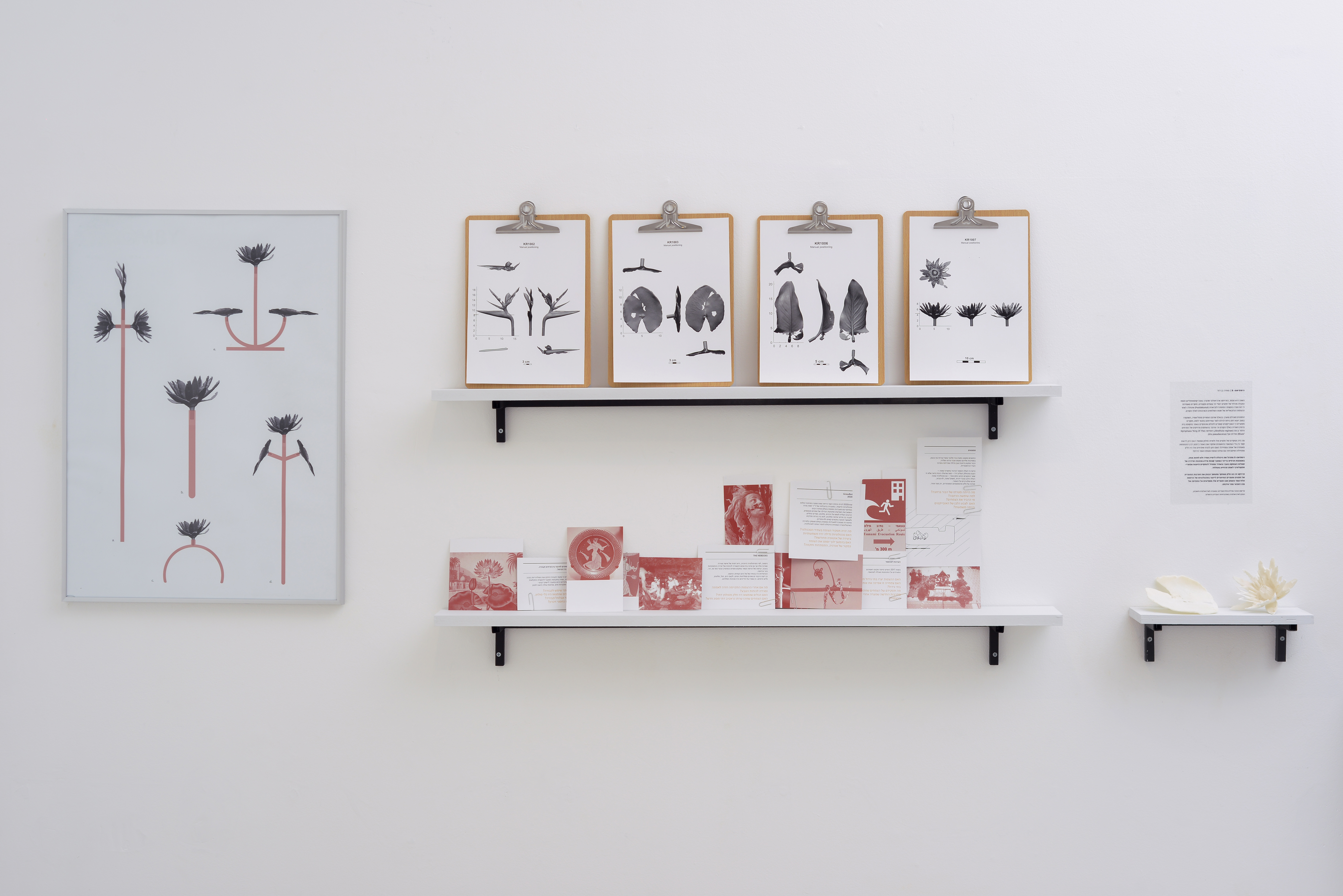
Nymphea-X | Maya Ben David
-
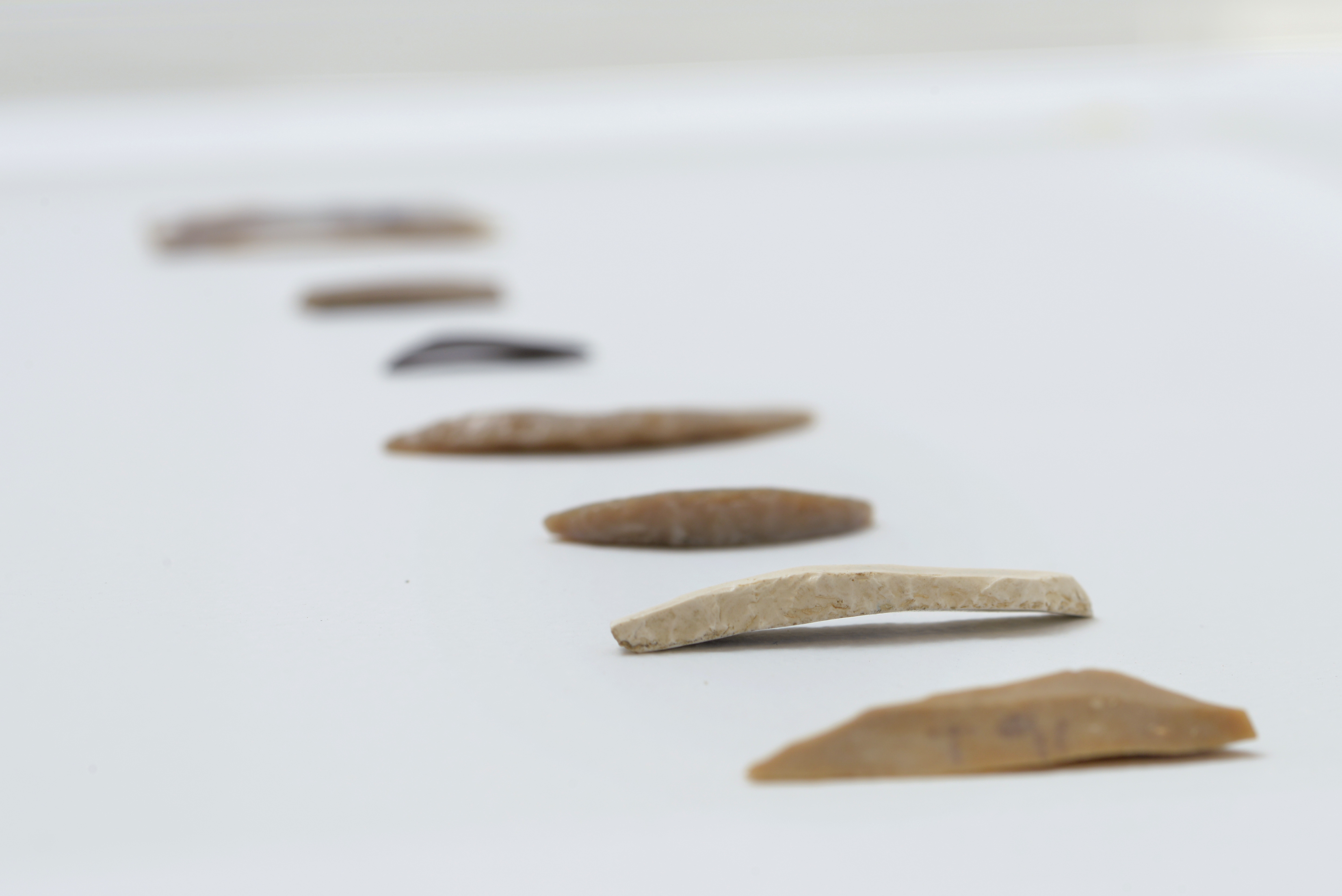
Edge Angle | Francesco Valletta
-
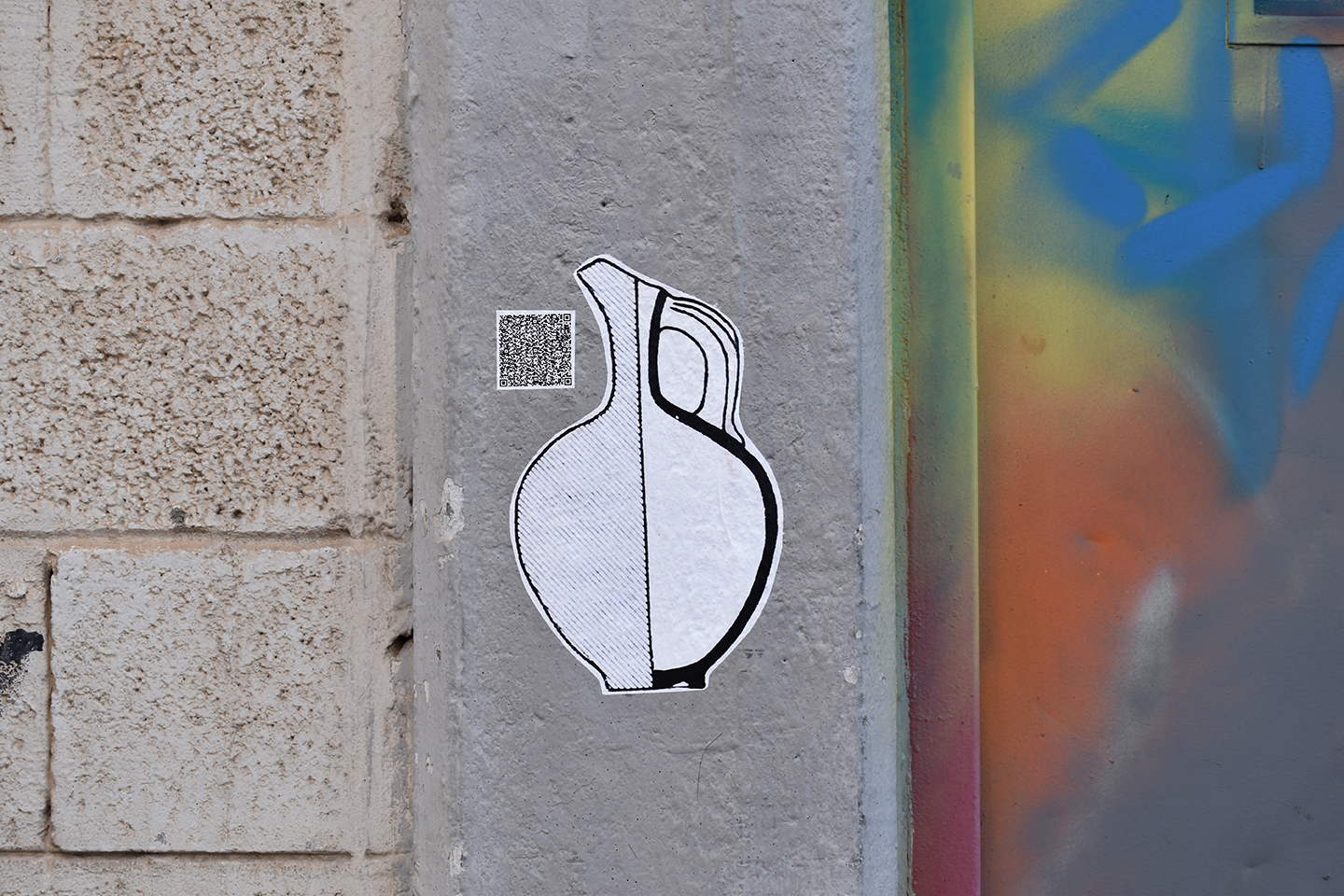
Local Graffitti | Sara Kaminker
-
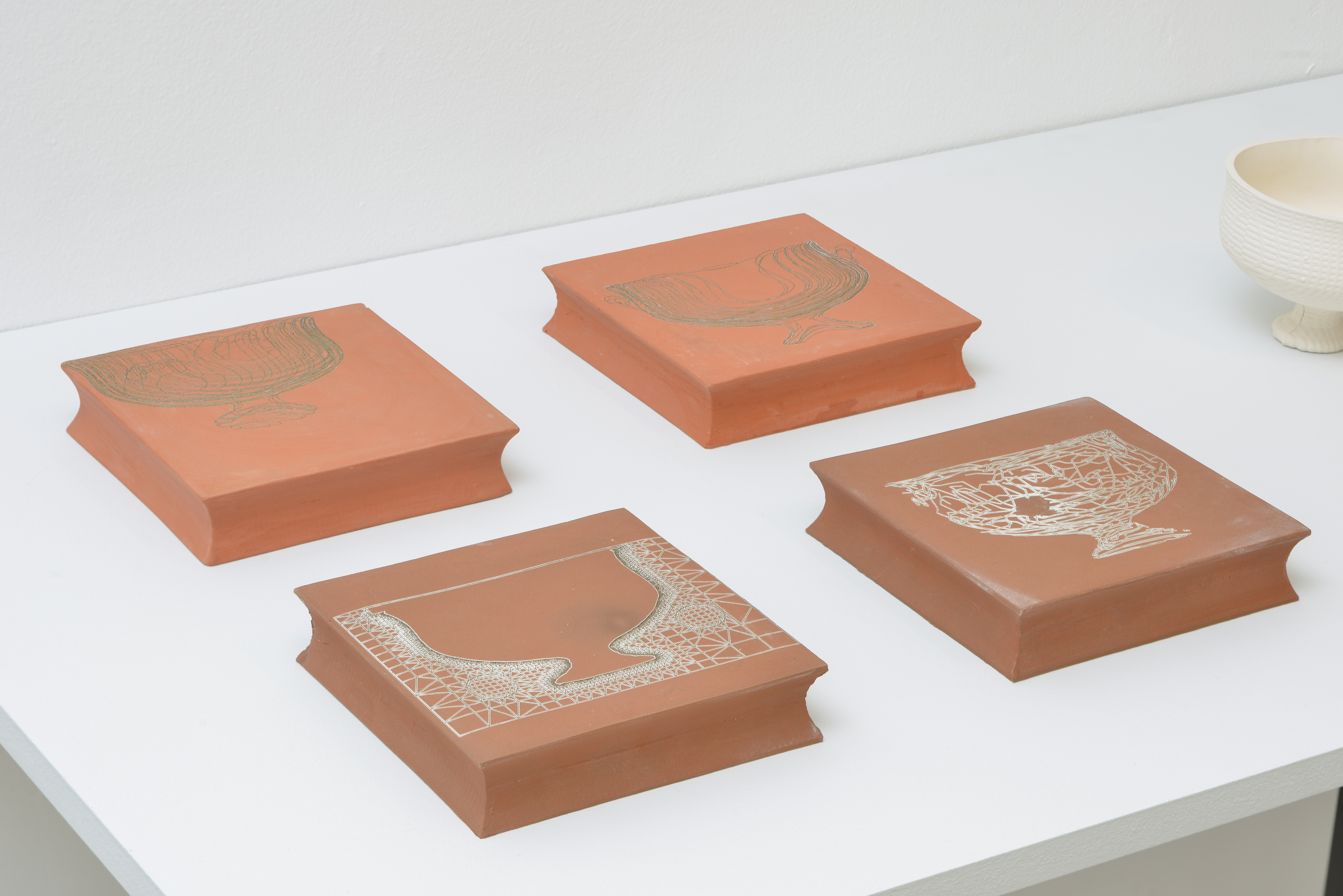
Goblet / Preliminary Sketches | Sharan Elran
-

Not Made in China | Stratasys

